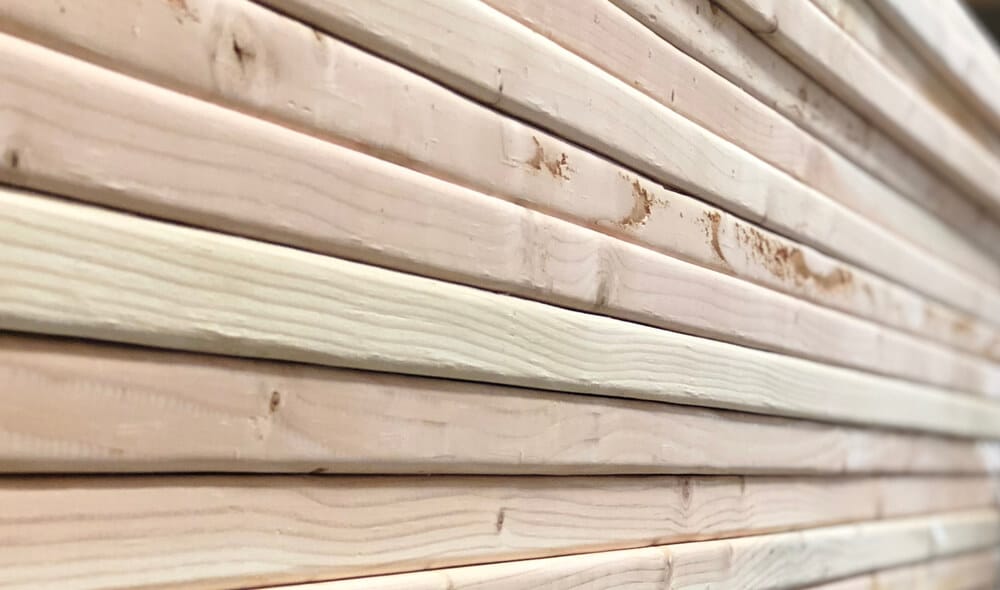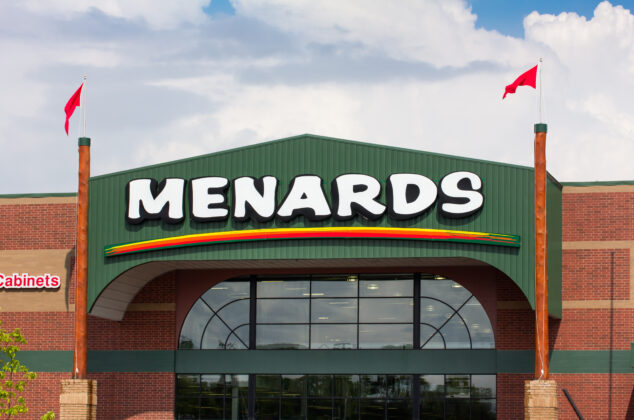Whether you have a few valuable hardwood trees in your yard or several acres of forested land, some companies buy trees for lumber and other purposes such as making pallets.
However, the price of trees varies based on several factors, including the type of tree, your location, and demand.
Below, we explain how to sell trees, including who you need to contact and how much money you may be able to get for them.
What to Know Before Selling Trees
Most companies that buy trees for lumber prefer to purchase bulk quantities, though a few options are available if you want to sell a single tree or just a few.
It’s helpful to know the following terms to understand how to sell your trees:[1][2][3]
- Log: An already-cut segment of a tree
- Sawlogs: Logs of at least eight feet long and six to eight inches in diameter
- Standing timber: Growing trees that will be removed from the property by the buyer
- Stumpage: Value of standing, uncut timber
- Timber buyer: A company that buys trees from property owners; most timber buyers harvest trees and either sell them to sawmills or operate sawmills and produce wood products, including construction-ready lumber, pulp products, sawdust, and more.
- Veneer logs: Hardwood logs with no defects like knots or insect damage
- Yard trees: One or a few trees on your property
You might also have petrified wood, which is fossilized and can’t be made into lumber but is still valuable. For more details, see our research on how much petrified wood is worth.
How Much Can You Earn Selling Trees?
Tree pricing varies based on several factors, including the size and volume of trees available, the type of wood, your geographic location and accessibility for logging, and the wood’s quality and health.[4] You can estimate your trees’ value by considering the quantity in board feet (BF) and the type of tree.
Standing timber is usually sold in BF or thousand board feet (MBF). A single board foot measures one foot wide, one foot long, and one inch thick.[5] Trees affected by rot or those with hollow cores will have fewer BF and will fetch a lower price than healthy trees.
You can get a rough estimate of BF/MBF by measuring the tree’s diameter, and the length/height of the log or tree.[6][7] For example, a single, 16-foot tree with a 20-inch diameter would yield about 256 board feet (BF) or 0.26 MBF.[7]
Although you can’t get a specific price for your trees without a physical inspection from a qualified buyer, we reached out to several timber buyers to ask about pricing[8] and received the following estimates:
- Black Cherry: $400 to $800 per MBF
- California Redwood: $700 to $900 per MBF
- Douglas Fir: $150 to $300 per MBF
- Hard Maple: $300 to $800 per MBF
- Pine (Yellow, Spruce, or Hemlock): $75 to $250 per MBF
- Red Oak: $300 to $600 per MBF
- Red Pine: $50 to $160 per MBF
- Soft Maple: $100 to $400 per MBF
- Walnut: $900 to $1,400 per MBF
- White Ash: $150 to $600 per MBF
- White Oak: $250 to $600 per MBF
- White Pine: $100 to $250 per MBF
You may be able to find more specific pricing examples in your area by entering “stumpage pricing for [tree type] in [your state]” into a search engine. However, the best way to get an accurate estimate is to contact a timber buyer or forester.
Companies That Buy Trees for Lumber
The easiest way to find a buyer for your trees is to contact your state’s forestry department.
Every state maintains a list of timber buyers, sawmills, and professional foresters you can contact to sell your trees.
The United States Department of Agriculture’s forest services offers an interactive state-by-state map of timber price information and contacts. Below is a partial list of places where you can sell your trees.
Stand Trees
If you own several acres of wooded land, the USDA recommends that you work with a professional forester to sell your trees.[9]
Foresters offer several services to help you with the sale, including evaluating your trees and obtaining bids from multiple buyers so you can get the best possible price. They typically work on commission and receive a percentage of the sale.
You can find a local forester by contacting your local county extension office through the National Association of State Foresters website or using the USDA’s interactive state map.
Another option for selling multiple trees is to contact timber buyers directly. Some regional timber buyers to choose from include:
- Midwest: Midwest Hardwood Corporation
- Northwest: Cascade Hardwood
- Southeast: Canal Wood
- West.: Sierra Pacific Industries
- New Hampshire and Vermont: Stillwater Forestry, LLC
- New York and Pennsylvania: Gutchess Lumber
Yard Trees
If you have one or a few large hardwood trees in your yard that you’re looking to sell, you can follow the same process listed above.
However, keep in mind that yard trees are often valued lower than stand trees because of the higher potential for damage to the tree and the difficulty of removing yard trees without causing property damage.
Locate and contact local timber buyers or foresters for information about selling hardwood yard trees. Note that, in some states, only licensed timber buyers can buy yard trees because of the potential property damage.
Alternate Ways To Sell Trees
If you have low-value trees or trees that you want to be removed from your property, there are a few alternatives available to help you get trees removed for free and make a little money on the side.
Sell Your Trees offers tree-buying and removal services throughout the continental U.S. Although the company buys mostly hardwoods, it will also remove unwanted low-quality trees for no additional charge if it buys trees from your property.[10]
Listing your trees on Craigslist or another peer-to-peer marketplace can also help you sell them if you’re more interested in having them removed than making a lot of money. You may be able to find a local wood buyer willing to come to your property and remove unwanted trees for lumber or firewood.
 William Lipovsky
William Lipovsky







I have a small farm in KY with plenty of trees, thanks so much for the ideas and information.
Thank you, Jay! We’re glad to hear that you found our article helpful!
Thank you for helping me out. I want the tree removed from the front of my property, I’m afraid of the tree branches falling on someone.
We’re glad to hear that you found our article helpful, Debra!
You gave me many good ideas! Thank you, Elizabeth
We are glad to hear that you found our article helpful, Elizabeth!